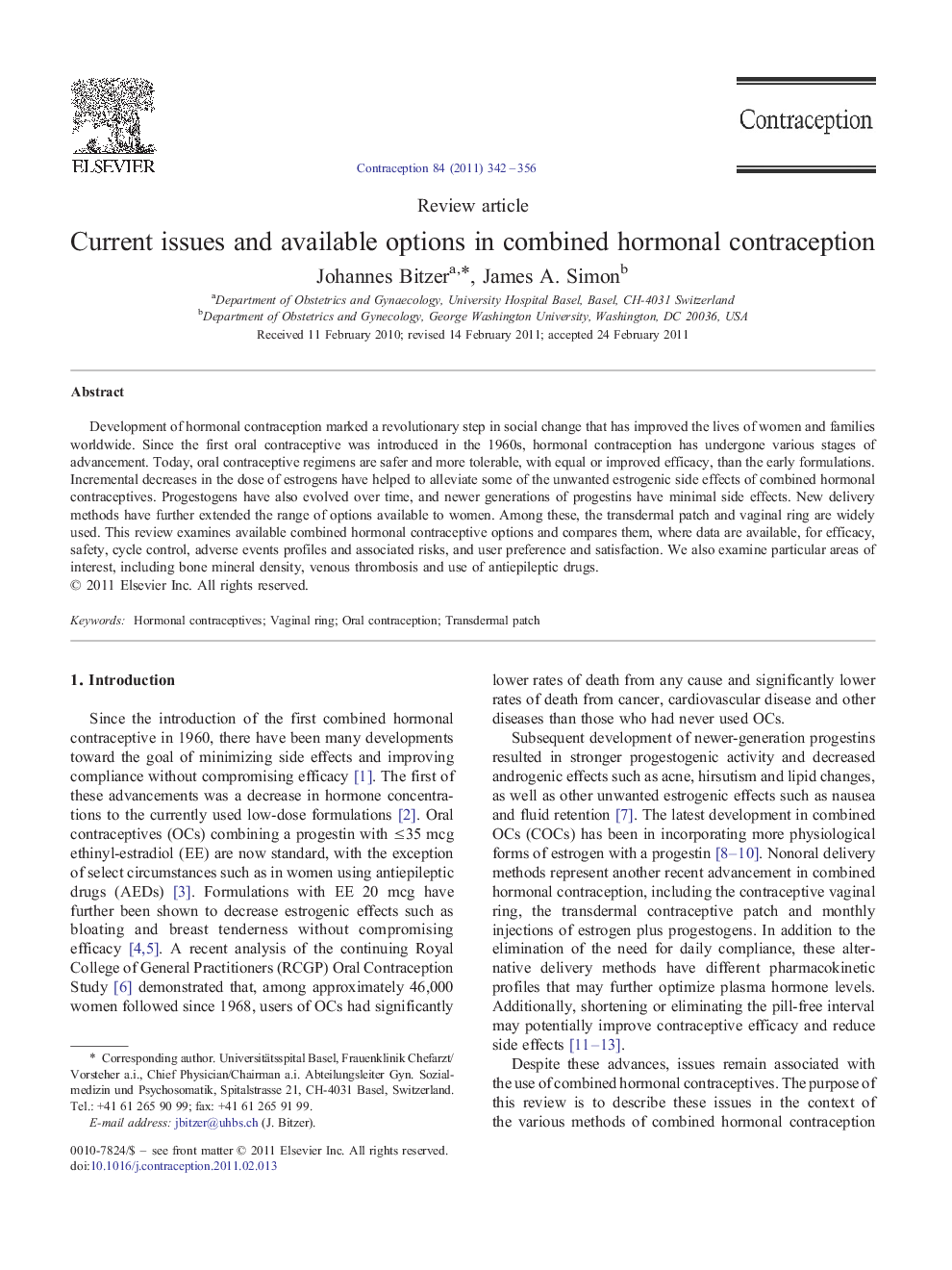| Article ID | Journal | Published Year | Pages | File Type |
|---|---|---|---|---|
| 3914322 | Contraception | 2011 | 15 Pages |
Development of hormonal contraception marked a revolutionary step in social change that has improved the lives of women and families worldwide. Since the first oral contraceptive was introduced in the 1960s, hormonal contraception has undergone various stages of advancement. Today, oral contraceptive regimens are safer and more tolerable, with equal or improved efficacy, than the early formulations. Incremental decreases in the dose of estrogens have helped to alleviate some of the unwanted estrogenic side effects of combined hormonal contraceptives. Progestogens have also evolved over time, and newer generations of progestins have minimal side effects. New delivery methods have further extended the range of options available to women. Among these, the transdermal patch and vaginal ring are widely used. This review examines available combined hormonal contraceptive options and compares them, where data are available, for efficacy, safety, cycle control, adverse events profiles and associated risks, and user preference and satisfaction. We also examine particular areas of interest, including bone mineral density, venous thrombosis and use of antiepileptic drugs.
